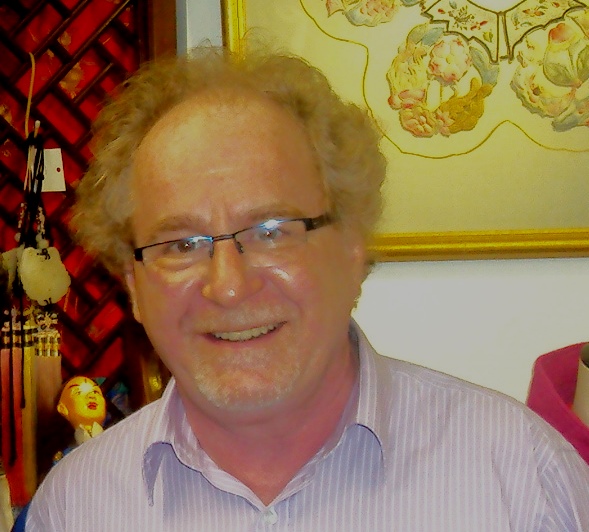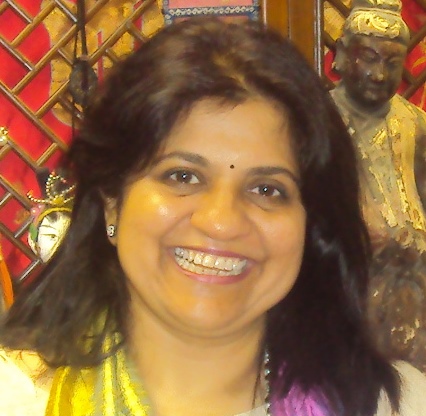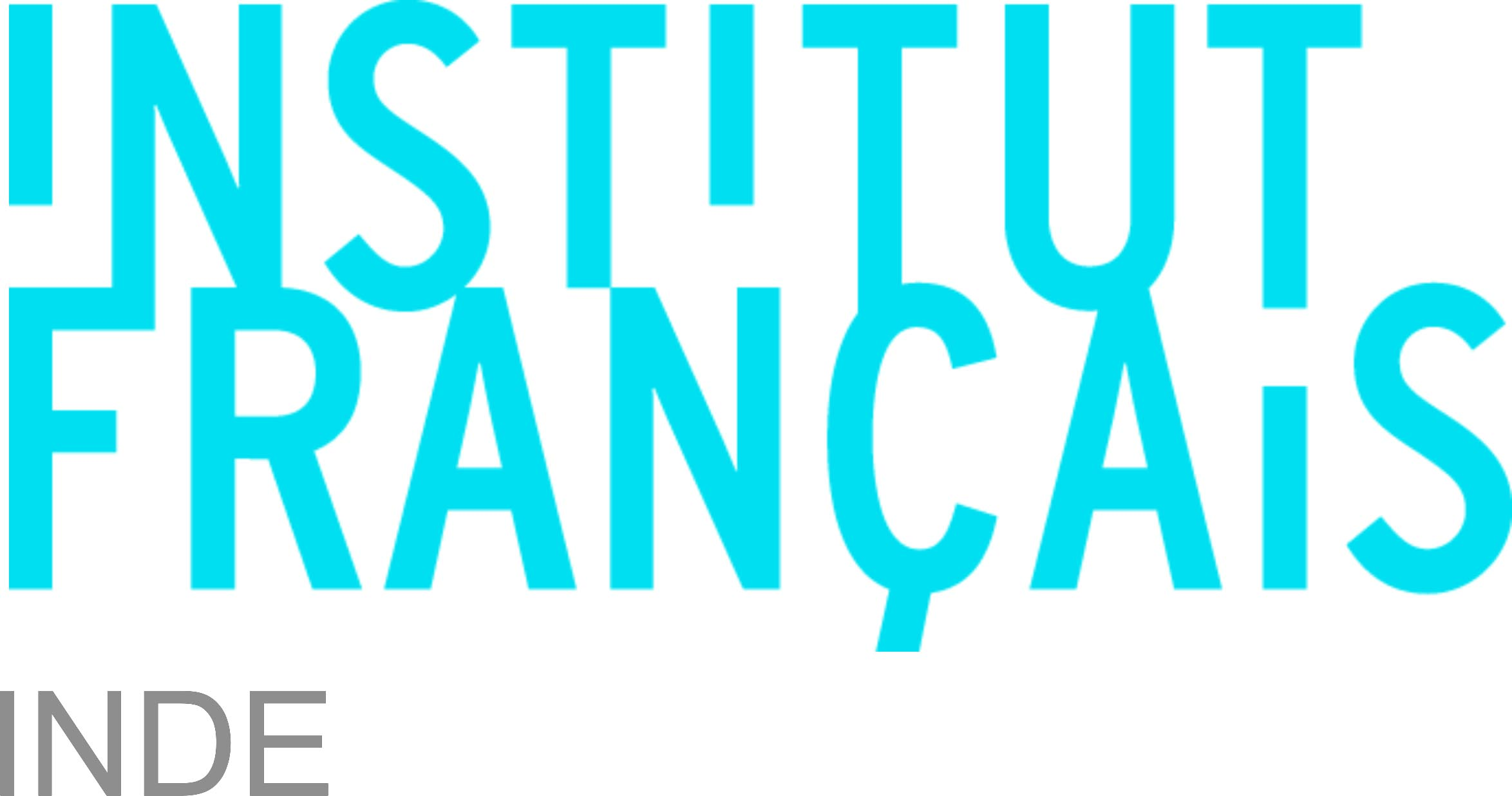
Book launch “Au bord de l’Inde”
by Anuradha Wagle and Denis Meyer
Sunday 11 th January 2015 at 6.00 pm
followed by an exhibition opening on
GASTE IN INDIA : 1905- 1910
Exhibition on French Orientalist painter and photographer
A photo exhibition paying tribute to the people and the magic of India at the turn of the twentieth century.
11-21 January @ art gallery Alliance Française Panjim
About “Au bord de l’Inde”
This book is a collection of objects, icons and celebrities that are marked by their pan-Indianess, united by a collective experience and identity. These are all distinct notes of a musical piece, elements which come together to compose a cultural landscape in which every Indian is embedded.
The purpose of this book is to sketch brief portraits of these objects, which manifest themselves in various modes each representing a symbolic field- glorify, believe, fight, admire and enjoy! Whether it is real or mythical heroes, passions or superstitions, struggles against injustice and survival, things to marvel at or flavors to taste, they can all be narrated, deciphered and (re) discovered. You just need to stand at a point which will reveal a bit of it all – Au Bord de l’Inde .
About the authors
 Denis C. MEYER has a doctorate in comparative literature and is Head of the Department of French Studies in Hong Kong University. His research activity includes representation of Asia in literary works and the media. He has had a deep interest in India since many years and has widely travelled in the country , Two of his recent publications are : « Monde flottant : La médiation culturelle du Japon de Kikou Yamata » (Paris, L’Harmattan, 2009) and « Clés pour la France en 80 icônes culturelles » (Paris, Hachette, 2010).
Denis C. MEYER has a doctorate in comparative literature and is Head of the Department of French Studies in Hong Kong University. His research activity includes representation of Asia in literary works and the media. He has had a deep interest in India since many years and has widely travelled in the country , Two of his recent publications are : « Monde flottant : La médiation culturelle du Japon de Kikou Yamata » (Paris, L’Harmattan, 2009) and « Clés pour la France en 80 icônes culturelles » (Paris, Hachette, 2010).
Anuradha WAGLE is Head of the Department of Frech and Francophones Studies at Goa University and has a doctorate in Translation from the Jawaharlal Nehru University in New Delhi. Her research interest lies in the relation between language and culture and its implications in language teaching. She is currently Vice –President of the Paris based Fédération Internationale des Professeurs de Français (FIPF) and has been a former President of the Indian Association of Teachers of French (IATF) . In 2008, she was awarded the “Chevalier dans l’ordre des Palmes Académiques” by the Government of France.
About Georges Gasté
Over a century after Georges Gasté’s death in Madurai, the Institut français in India (IFI) offers a new life to the photographic work of this French Orientalist painter. A selection of eight of his pictures was already displayed at the Indira Gandhi International Airport in the frame of Fete de la Photo – a pan-India outdoor photo festival organized at the initiative of the IFI in March-April 2014. Following the success of this initiative, we are now presenting a much broader body of work which will be traveling to 8 Indian cities as a touring photographic exhibition.
The project « GEORGES GASTÉ IN INDIA : 1905-1910 » comprises of 34 remarkable photographs taken by Georges Gasté during his stay in India in the first decade of the twentieth century. Along with those will be showcased colour reproductions of his paintings and a few of the letters written by the artist. A documentary film on Gasté’s life will also be screened in the gallery.
Constant-Georges Gasté (Paris, 1869 – Madurai, 1910)
Trained from the highly selective Ecole des Beaux-Arts (School of Fine Arts) in Paris, Gasté was a noteworthy painter of his time. Reputed among the French Orientalist movement, which focused on foreign -especially Nothern African and Middle-Eastern- cultures, he received multiple awards at the Orientalist Salon in his lifetime. Two retrospectives of his work were organized at the Grand Palais after his death, in 1911 and 1913. His most famous canvas, The Brahmins’ Bath, is conserved at the Musée d’Orsay in Paris. Following a trip to Northern India in 1905, he settled down in Madurai in 1908 where he breathed until his last.
In the nineteenth century, while the theme of the journey to the East was most often adopted as a way to excite the fantasies of a few Europeans, artists like Gasté refused to fuel this perception – certainly exotic and fascinating, yet far from reality. In addition to the remarkable composition and lighting effects, his work presents an ethnographic interest: due to the proximity between the painter and local populations, those photos narrate the everyday life in Agra, Benares, Delhi and Madurai at the turning point between two centuries.








